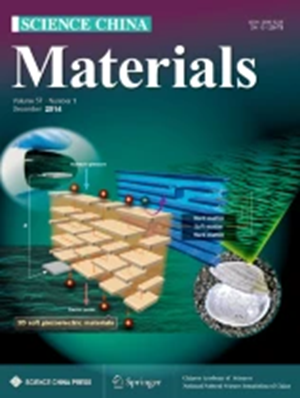Lanthanide-doped fluoride core@dual-shells nanoparticles for multi-mode temperature and molecular sensing
Abstract
Multimodal luminescent materials have garnered significant attention due to their potential applications in multiplexed biosensing, multi-mode temperature sensing, and multidimensional displays. However, achieving high-performance simultaneous multimodal luminescence and multifunctionality remains a considerable challenge. In this work, NaNd0.7Gd0.3F4:Yb@NaYF4:Yb/Er@NaGdF4:Yb/Tm core@shell@shell upconversion (UC) nanoparticles (NPs) were developed to address this challenge. These UCNPs enable simultaneous multi-mode temperature and organic sensing with enhanced sensitivity. By utilizing temperature-dependent intensity ratio variations of I520/I550, I697/I650, and I697/I475, multi-mode temperature sensing was achieved. The core@shell@shell UCNPs demonstrated a remarkable maximum relative sensitivity of 2.27%/K, which is higher than many previously reported lanthanide-doped UC systems. Moreover, these UCNPs were effectively applied for multi-channel molecular detection under both 980 and 808 nm excitation. The detection limits for methyl orange (MO) and rhodamine B (RhB) dye molecules were as low as 0.48 and 0.57 µg/mL, respectively, further demonstrating their superior performance compared to most other lanthanide-doped UC systems reported in the literature. The results emphasize the high potential of these core@shell@shell UCNPs for advanced multimodal sensing applications, offering promising solutions for areas such as environmental monitoring, biomedical diagnostics, and multi-channel molecular analysis.

 求助内容:
求助内容: 应助结果提醒方式:
应助结果提醒方式:


